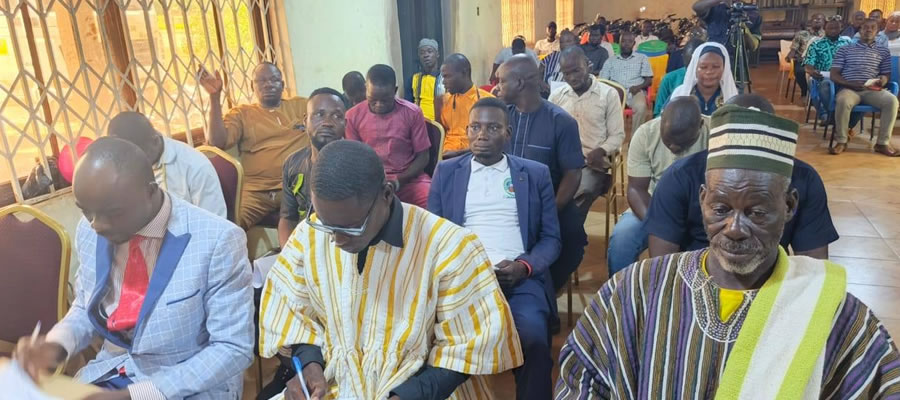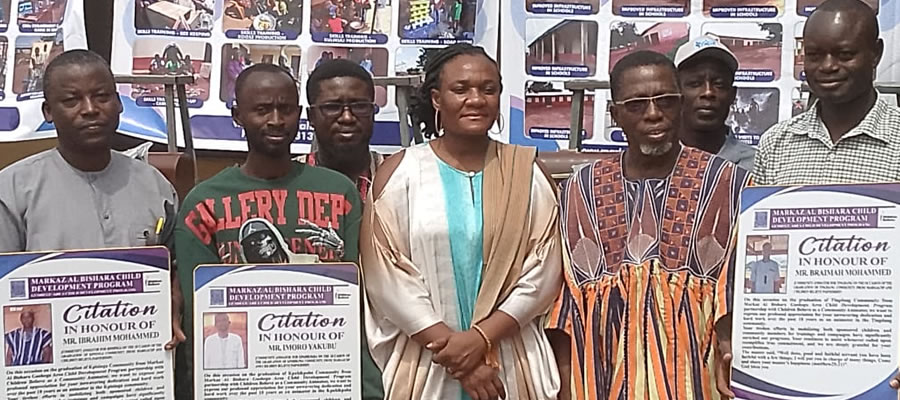

Water
Since 1995, the driving principle for the provision of rural water and sanitation services has shifted away from supply driven to what is now called the Demand Responsive Approach. Under the National Community Water and Sanitation Programme (NCWSP), communities, which need water, have to express the need by applying to their District Assemblies.
They must also be willing to contribute about 5% of the capital cost of the facility and take full control of the operation and maintenance of the facility. District Assemblies are expected to form Water and Sanitation Teams (DWSTs) to plan, supervise and manage all water and sanitation issues under their jurisdiction. The Gushegu Municipal Assembly has formed a team comprising two men and one woman. They have received a number of training and equipment to boost their capabilities.
Although the water situation in the Municipality has improved since 1996, the potable water coverage in the Municipality is still unbearably low. Currently, the potable water coverage in the Municipality stands at 46%. This translates to 57,517 out of the 125,430 people. That is, 67,813 people in the Municipality are without access to potable water.
The various types of water systems in the Municipality consist of pipe systems, borehole with pump, hand dug wells with or without pumps, In general there are a total of 148 boreholes in 96 communities in the Municipality. Out of this, 140 of them are functional. Similarly, there are only 24 hand-dug wells with pumps in the Municipality.
Between 1996 and 1998, the Gushegu township water system was rehabilitated under the Ghana Water and Sewerage Assistance (GAP). Rehabilitation of the system was designed to serve the whole population of the town. However extension of pipelines has not been made to some sections of the township. Although in principle, the whole township is said to be covered, in practice however, the coverage in nominal.
The problem of potable water in the Municipality is quite enormous especially in the rural areas. As more than 50% of the population is without potable water, the effect of lack of water on health and productivity is great. A typical lean water season in the Municipality exudes a rush for water of all kind. The distance people have to walk to fetch water and the man-hours wasted in the search of water affect the productivity. The dependence on non-potable water for domestic consumption is responsible for the upsurge of guinea worm cases in the Municipality. This aggravates the already poor health situation of the people.
Date Created : 11/18/2017 5:11:52 AM









 facebook
facebook
 twitter
twitter
 Youtube
Youtube
 +233 593 831 280
+233 593 831 280 0800 430 430
0800 430 430 GPS: GE-231-4383
GPS: GE-231-4383 info@ghanadistricts.com
info@ghanadistricts.com Box GP1044, Accra, Ghana
Box GP1044, Accra, Ghana